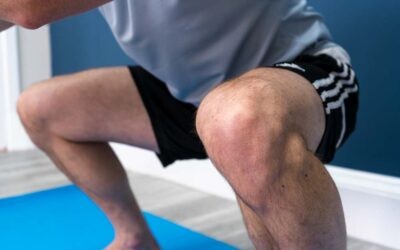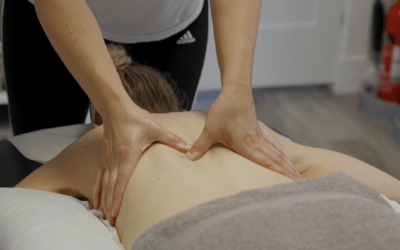The wind in your hair (under a helmet of course), the bugs on your lips and the hot breath of an encroaching car are just some of the many joys of cycling that an increasing number of us are lapping up. Cycling Scotland has reported cycling journeys have increased nearly 50% in the year since March 2020 compared with the previous 12 months. (Cycling Scotland)
I know this not because Cycling Scotland told me but it has been clear to see from the number of clients reporting to sessions with injuries resulting from this very sport.
Some are experienced cyclists who have increased their time in the saddle and how strenuous their routes are. Others are new to the sport and have caught the bug but their body isn’t yet conditioned to cope with the increase in activity.
Considered a comparatively safe sport (not mentioning other road users), it presents its own special strains on the body. Whatever sport you undertake, your body, any equipment you use and the form you show must all be fit for purpose. It is easy to get caught up in the lycra, speed and freedom of it all but a quick body scan during and after a cycle might help you recognise when things aren’t quite right.
It isn’t quite as simple as ABC but this is a handy place to start.
Alignment
Muscle weaknesses, flexibility and leg length discrepancies should all be addressed. Strengthening exercises and stretching will set the body up to deal with the bike under you and the exertion you apply. Orthotics can also play a part in evening leg length and correcting alignment through the feet.
Bike setup
Cycling is unique in that it relies upon a substantial piece of equipment. Your bike is not only the thing that gives the sport the speed and power that is so exhilarating but it could also be potentially causing injury and hindering progress.
Whether a professional or DIY bike fit the seat height and angle, handlebar height and reach, pedal size and cleat position can be adjusted to give the best support, posture and form to your journeys.
Additional equipment such as padded gloves, handlebars, the right shoes and socks can also ease discomfort and allow longer in the saddle.
Conditioning
Improving strength will make each ride more enjoyable by helping to prevent aches and pains. Core strength being particularly important to stabilise the body and maintain posture.
Just as you feel at one with your bike all of these factors are interconnected to prevent injury, decrease time out of the saddle and improve performance whilst in it.
Whether a pedal to the local shops or a tour further afield both present the opportunity to see the world race by and we hope we can help you do it pain free (wheeling).
Follow us on social media to get more cycling tips, get involved in Cycle to Work Day this Thursday 5th August, or send us any questions you have about how best to enjoy life in the saddle.


0 Comments